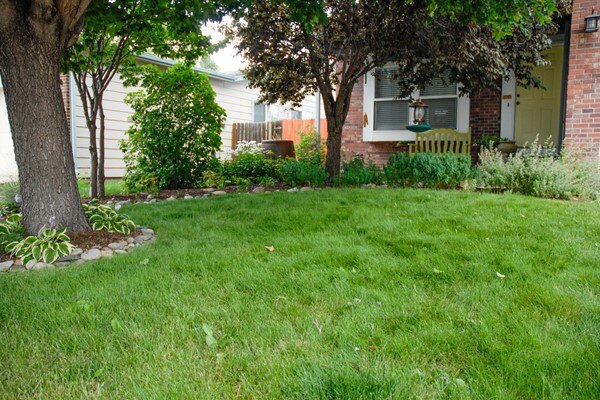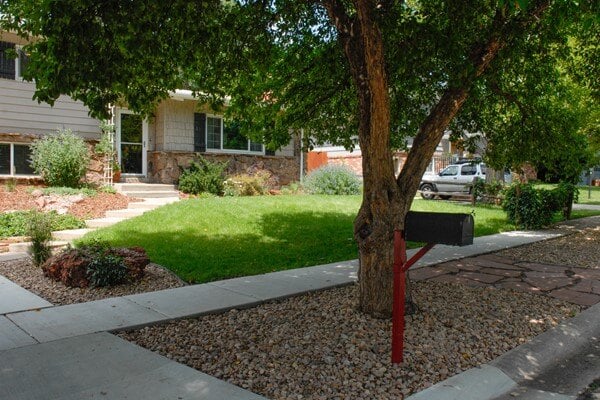Shasta Daisy
Shasta daisy is a vigorous perennial flower that blooms in mid-summer. The daisy flowers have white petals with a yellow center. The leaves are dark green and glossy, making it an attractive plant even when it's not in flower.
They grow best when they receive regular moisture.
There are many cultivars available that differ in size, flower characteristics and ability to rebloom. Check with your local nursery to see what cultivars are available for sale.
Shasta daisies are deer resistant.
.jpg)
.jpg)
.jpg)
.jpg)
.jpg)
Shasta Daisy
Shasta daisy is a vigorous perennial flower that blooms in mid-summer. The daisy flowers have white petals with a yellow center. The leaves are dark green and glossy, making it an attractive plant even when it's not in flower.
They grow best when they receive regular moisture.
There are many cultivars available that differ in size, flower characteristics and ability to rebloom. Check with your local nursery to see what cultivars are available for sale.
Shasta daisies are deer resistant.
Plant details
Botanic Name
Leucanthemum x superbum
Pronunciation
lew-KANTH-ih-mum soo-PER-bum
Mature Height
2 to 4 ft.
Mature Spread
2 to 4 ft.
Water usage
One Droplet: Water twice per month or less, once established.
Two Droplets: Water about once per week, once established.
Three Droplets: Water about twice per week, once established.
Flower Color
white with yellow center
Bloom time
July
Colorado Native
No
Natural Habitat
genus is originally from Europe and Asia
Light Requirements
sun
Cold Hardiness
USDA zones 5-9
Elevation Limit
hardy to 9,000 ft.
Performance
Shasta daisies have performed well at the Water Wise Demonstration Garden in the moderate water zones. It's well adapted to the climate, but requires regular water to flower reliably.
It flowers at a time of year when many perennial flowers have finished blooming, making it a good plant to ensure a landscape has color throughout the growing season. They have good deer resistance, too.
Maintenance
After the plant is done flowering, cut the flower stalks back to an attractive set of leaves. This will keep it more tidy-looking.
Cut back old stems and leaves to ground level in late winter.
See in a landscape
This front yard had more shade than Kentucky bluegrass can tolerate so a fine fescue mix was the better option. Fine fescue is a cool season grass, so it doesn't save as much as a warm season native grass like blugramma or buffalograss, but is a great option for shady areas. Fine fescue is easy to grow from seed, just plan on doing some weeding during establishment to get your fine fescue grass off to a good start. Once established, this grass will use about one third less water than bluegrass.


.jpeg)
.jpeg)
.jpeg)
.jpeg)
.jpeg)
.jpeg)
.jpeg)
.jpeg)
.jpeg)
.jpeg)